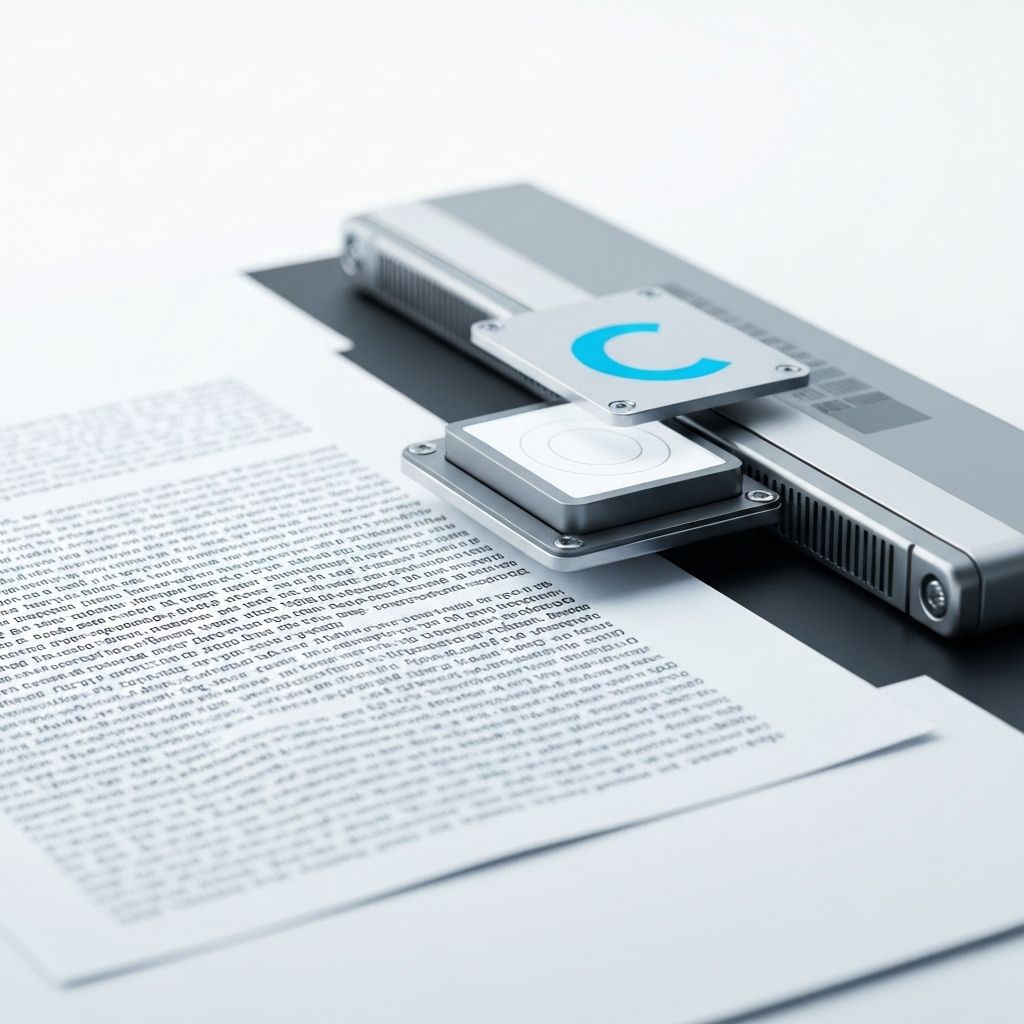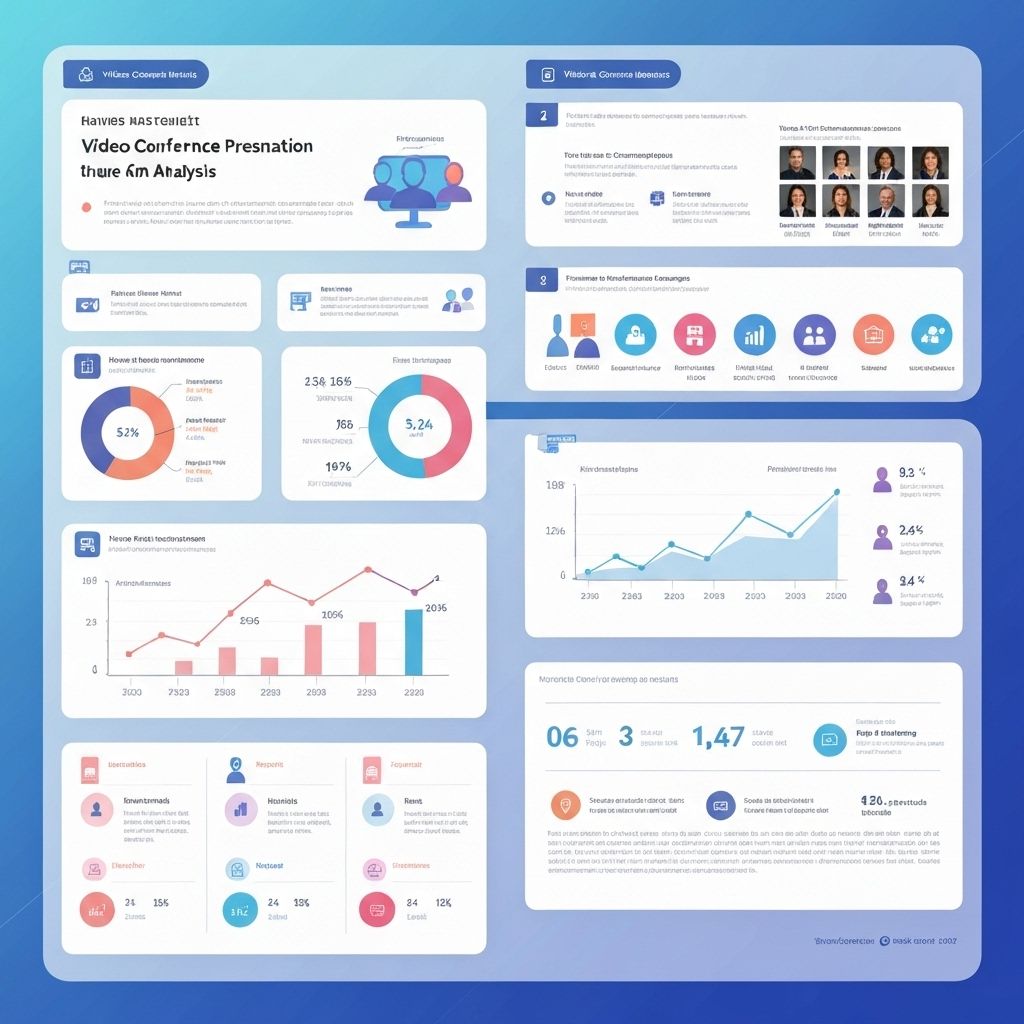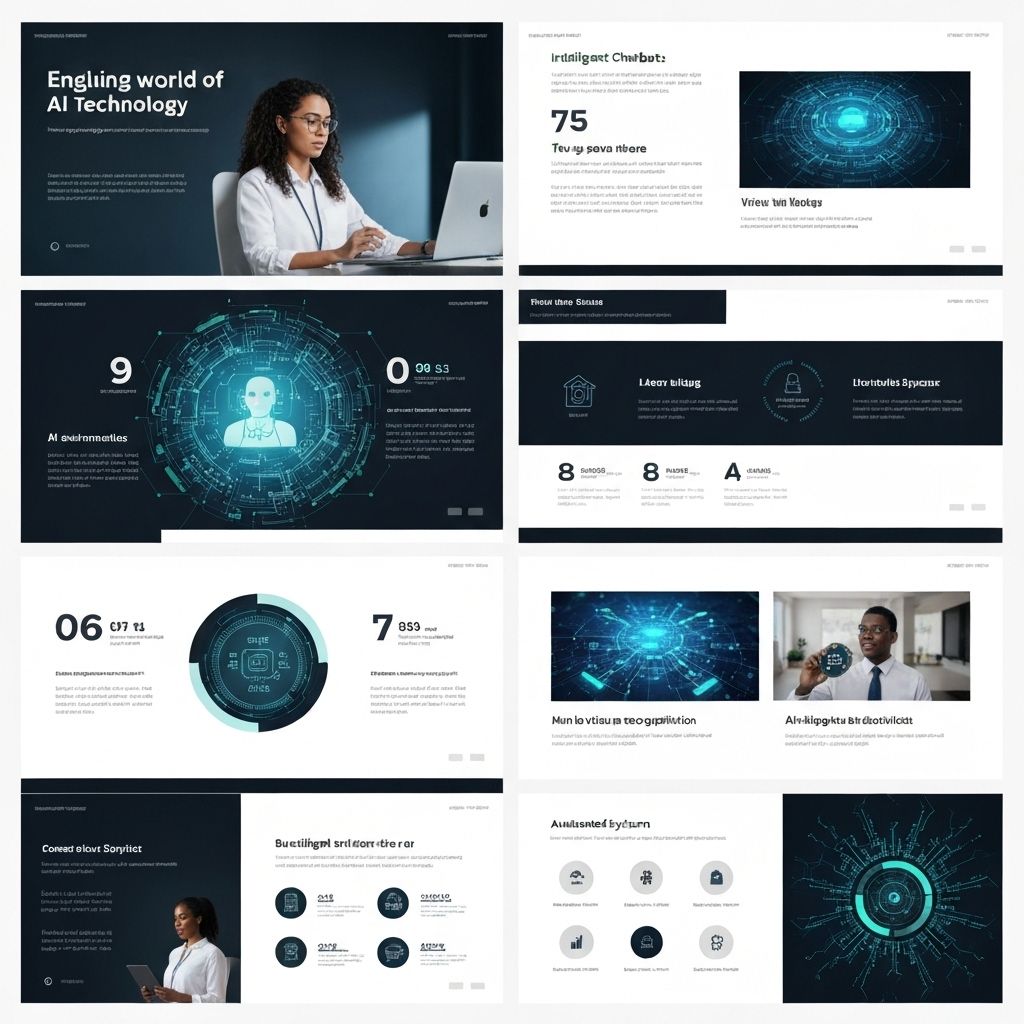Maximizing OCR Accuracy: 10 Tips for Better Text Recognition in Extracted Slides

Optical Character Recognition (OCR) is the backbone of text extraction from slides, but achieving near-perfect accuracy requires understanding the technology's strengths and limitations. This comprehensive guide provides 10 proven strategies to maximize OCR accuracy and get the most reliable text extraction from your presentation slides.
Understanding OCR Technology
Modern OCR systems use deep learning neural networks trained on millions of text samples to recognize characters, words, and layouts. However, their performance can vary dramatically based on input quality and text characteristics. Understanding these factors is key to optimization.
How OCR Works in Slide Extraction:
- 1. Image preprocessing: Noise reduction and contrast enhancement
- 2. Text detection: Identifying text regions within the slide
- 3. Character segmentation: Isolating individual characters
- 4. Recognition: Matching characters to known patterns
- 5. Post-processing: Spell checking and context validation
10 Essential Tips for Maximum OCR Accuracy
1. Optimize Image Resolution and Quality
Target Resolution: Aim for at least 300 DPI for text recognition. Higher resolution provides more detail for character recognition algorithms.
✓ Best Practices:
- • Use 1080p or higher video sources
- • Avoid excessive compression
- • Maintain original aspect ratios
- • Use lossless formats when possible
✗ Avoid:
- • Over-compressed JPEG images
- • Upscaling low-resolution sources
- • Blurry or out-of-focus content
- • Heavily pixelated text
2. Ensure High Contrast Between Text and Background
OCR algorithms rely heavily on contrast to distinguish text from background elements. Poor contrast is one of the leading causes of recognition errors.
Black on White
99% accuracy
White on Dark Blue
95% accuracy
Gray on Light Gray
60% accuracy
3. Choose OCR-Friendly Fonts
Font choice significantly impacts OCR accuracy. Sans-serif fonts with clear character distinction perform best.
✓ OCR-Friendly Fonts:
✗ Challenging Fonts:
4. Maintain Appropriate Text Size
Text size directly correlates with OCR accuracy. Too small, and characters become indistinguishable; too large, and they may be cropped or distorted.
5. Minimize Visual Noise and Distractions
Background patterns, watermarks, and decorative elements can confuse OCR algorithms and reduce accuracy.
- • Remove background patterns: Solid colors work best
- • Avoid overlapping elements: Keep text areas clean
- • Minimize shadows and effects: Simple formatting is more reliable
- • Use consistent layouts: Predictable structure helps recognition
6. Optimize Lighting and Exposure
Proper lighting is crucial for video-based slide extraction. Uneven lighting creates shadows and glare that interfere with text recognition.
Lighting Best Practices:
- • Use even, diffused lighting
- • Avoid direct flash or spotlights
- • Minimize shadows on projection screens
- • Ensure consistent exposure throughout
Common Issues to Avoid:
- • Glare from projection screens
- • Uneven ambient lighting
- • Overexposed or underexposed areas
- • Color temperature variations
7. Handle Special Characters and Symbols Carefully
Mathematical symbols, special characters, and non-Latin scripts require special consideration for optimal OCR results.
Mathematical Notation:
Use standard mathematical fonts and avoid overly complex equations in single lines. Consider breaking complex formulas into multiple components.
Special Characters:
Ensure special characters (©, ®, ™, etc.) are clearly visible and not too small. Some OCR systems may struggle with decorative symbols.
8. Leverage Pre-processing Techniques
Image preprocessing can significantly improve OCR accuracy by optimizing the input before recognition.
Effective Preprocessing:
- • Noise reduction filtering
- • Contrast enhancement
- • Skew correction
- • Binarization (black and white conversion)
Advanced Techniques:
- • Morphological operations
- • Edge detection and enhancement
- • Adaptive thresholding
- • Gaussian blur for noise reduction
9. Use Language-Specific OCR Models
Different languages have unique characteristics that benefit from specialized OCR models trained on language-specific datasets.
- • English: Use models trained on business and academic content
- • Multi-language: Specify primary language for better context
- • Technical content: Use models trained on scientific literature
- • Mixed content: Consider multi-language detection capabilities
10. Implement Post-Processing Validation
Post-processing can catch and correct common OCR errors, significantly improving final accuracy.
Spell Checking:
Use dictionary-based spell checking to catch obvious character recognition errors, especially for common words.
Context Validation:
Implement context-aware validation that considers surrounding text and common phrase patterns.
Confidence Scoring:
Review low-confidence recognition results and flag them for manual verification when accuracy is critical.
Measuring and Monitoring OCR Performance
To continuously improve OCR accuracy, it's important to measure performance and identify areas for optimization:
Key Performance Metrics:
Character-Level Accuracy:
Percentage of correctly recognized characters
Word-Level Accuracy:
Percentage of correctly recognized complete words
Common OCR Challenges and Solutions
Challenge: Low-Quality Source Material
Blurry, pixelated, or low-resolution slides from poor video quality or compression.
Solution: Use AI upscaling tools before OCR processing, or request higher-quality source material when possible.
Challenge: Complex Layouts
Multi-column layouts, tables, and mixed text-image content can confuse OCR systems.
Solution: Use layout-aware OCR models and consider manual region selection for complex slides.
Challenge: Handwritten Content
Handwritten notes or annotations on slides are particularly challenging for standard OCR.
Solution: Use specialized handwriting recognition models or focus OCR on typed text regions only.

